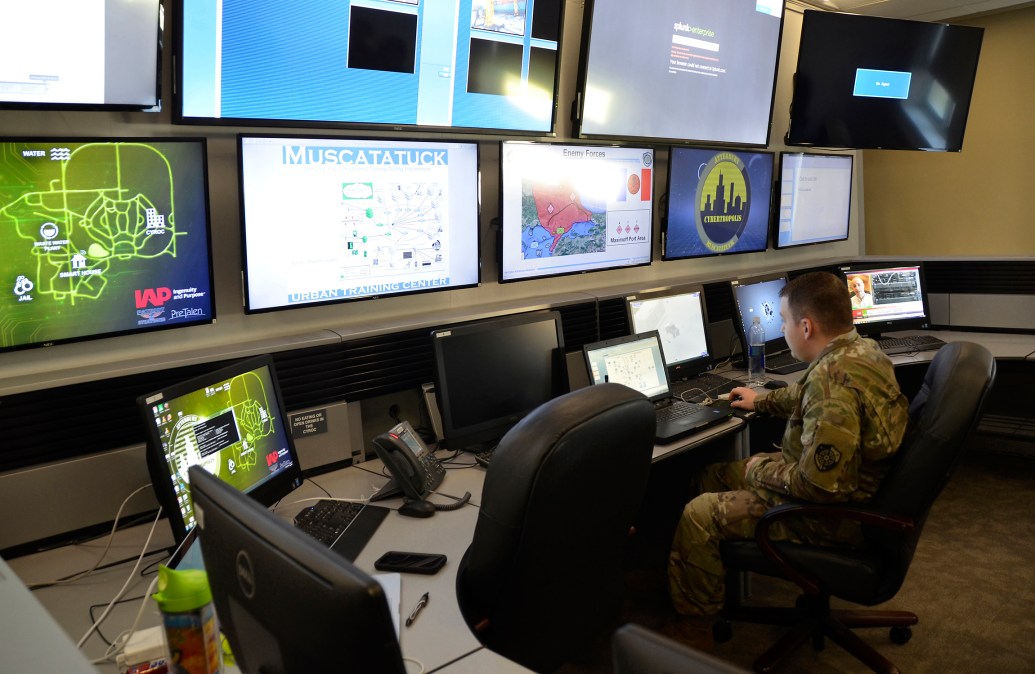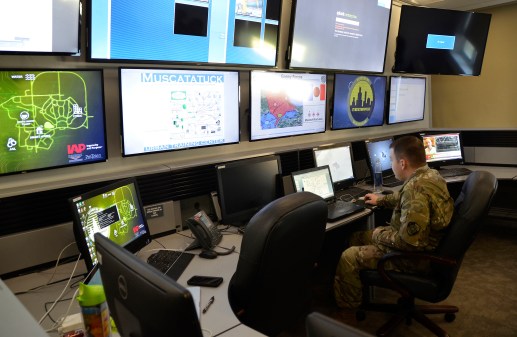New Army intel unit having big impact on recently established ‘triad’

AUGUSTA, Ga. — Army Cyber Command’s new intelligence unit blending historical military intelligence activities with commercial data and public information is providing critical insights in a rapid manner to a newly established “triad” between the service’s cyber, missile defense and special operations organizations.
Last week, the Army announced this new triad between Army Cyber Command, Army Space and Missile Defense Command and Army Special Operations Command, which aims to to deliver more options to commanders in an integrated fashion.
“Probably the biggest contribution was one being able to take a fusion of traditional intelligence and what we were seeing publicly available information, in order to inform the commander forward of what we were seeing,” Lt. Gen. Maria Barrett, commander of Army Cyber Command, said during a presentation at the TechNet Augusta conference Wednesday.
Adversaries are globally focused, and so is the Army.
“Three operational units with unique authorities and capabilities — and we see the globe,” she said. “We were seeing some things in the electromagnetic spectrum, we were seeing things in the information environment and we were able to provide that back very quickly because of the Big Data Platform and the [Cyber Military Intelligence Group], that intelligence group, being able to turn that pretty quickly.”
The Cyber Military Intelligence Group (CMIG) directs, synchronizes and coordinates intelligence support for cyber, information and electronic warfare operations while also providing support to U.S. Cyber Command and other combatant commands. It was created to perform functions not found anywhere else within the Army or intel community, and blend open source information with military intelligence.
Big data platforms exist across U.S. Cyber Command, the Defense Information Systems Agency, Army Cyber Command and the Marine Corps. They are essentially hybrid cloud environments that allow for storage, computation and analytics across networked sensors. When forces conduct cyber missions, they collect data and use high-powered analytics to make sense of it. Big data platforms do just that, but also share that analysis in an easy-to-access repository for other forces. The Army’s version is called Gabriel Nimbus.
The CMIG is already having tangible effects despite being so new.
“I have been absolutely impressed with how quickly they can take an RFI from myself or from Cyber Command on a particular subject and pull that information together into a report,” Barrett said. “You might think that serialized reporting takes a long time. These guys are turning this pretty quick. [It’s] pretty valuable.”




